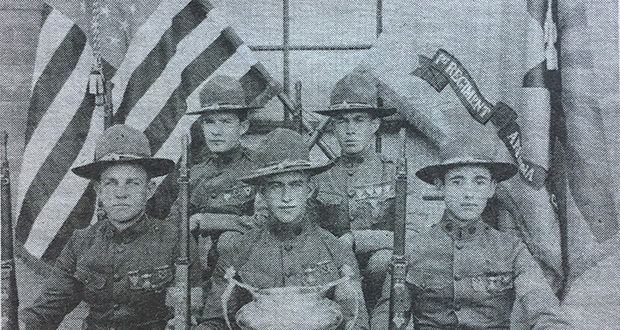The Immigrant Priest
Arizona Capitol Times Staff//November 22, 2017//[read_meter]
The Territory of Arizona had been served first by Spanish and then by Mexican priests, but the revolutionary Mexican government expelled the Spaniards after 1822, and, following the Mexican War...
No tags for this post.

















